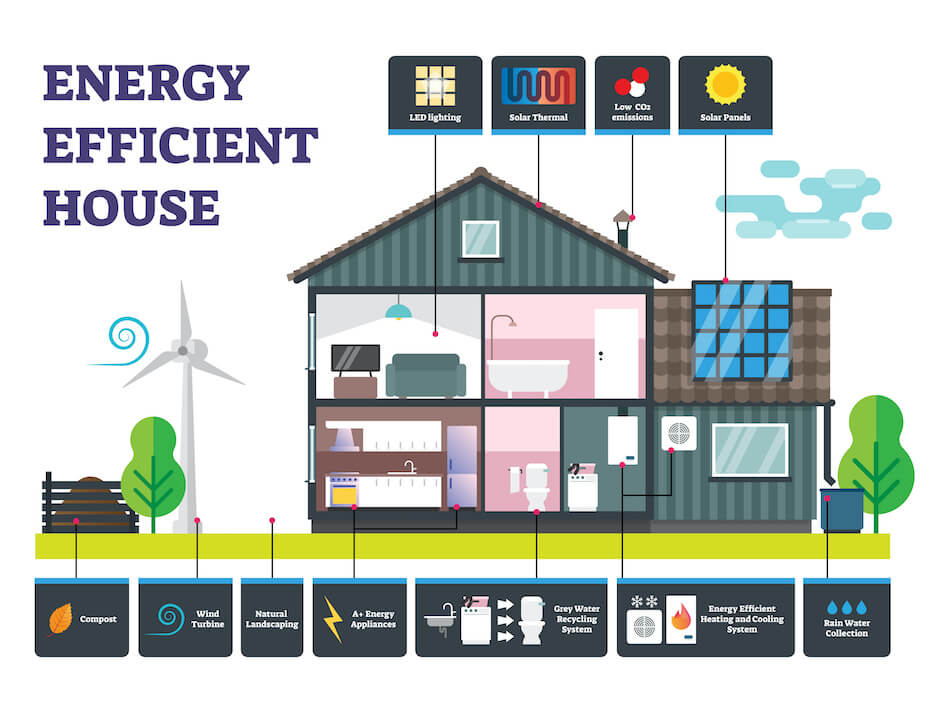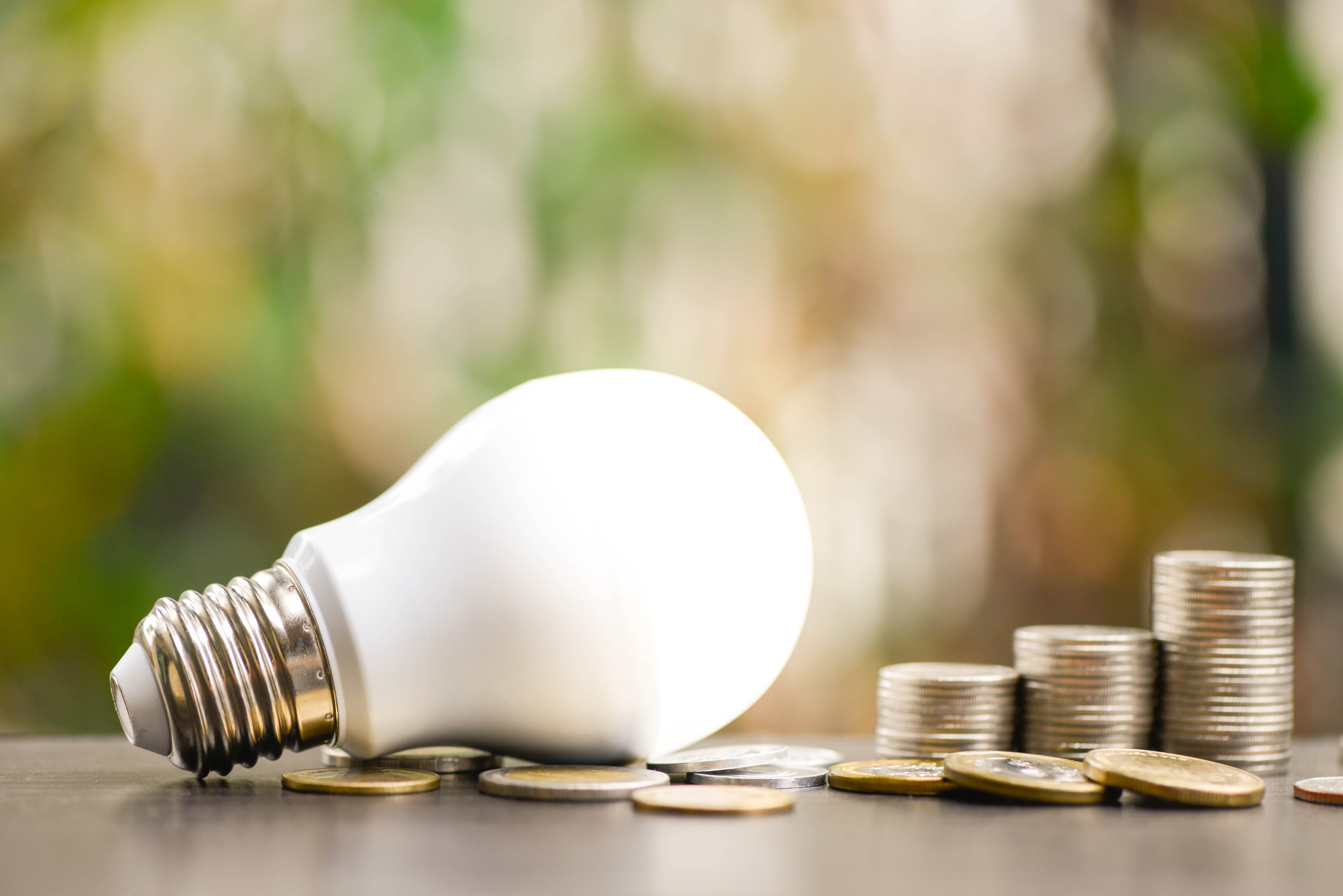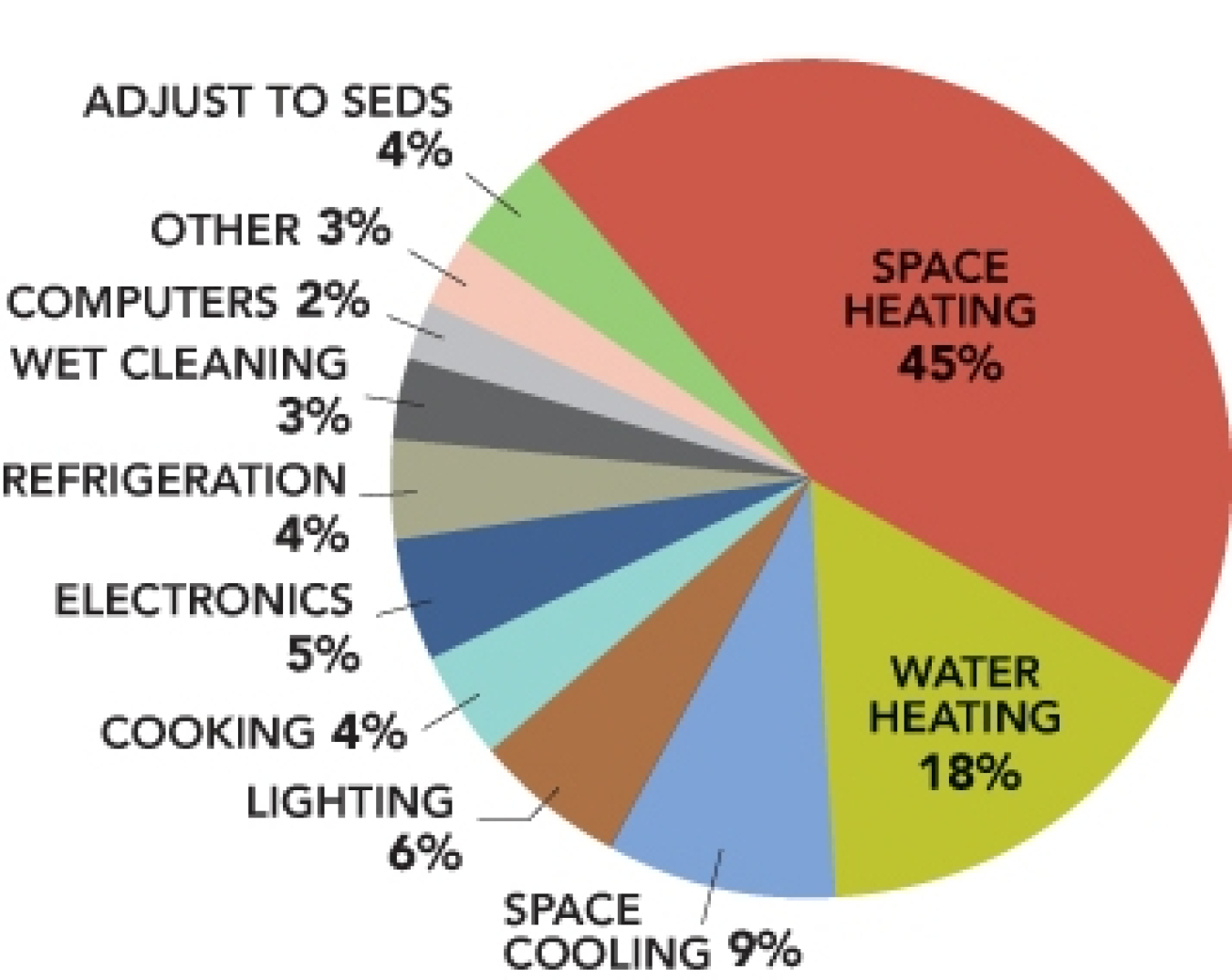

Energy-efficient upgrades reduce monthly bills and enhance comfort. They lower energy consumption and carbon footprints. These upgrades also increase property value and improve overall home environment quality.
Energy-efficient upgrades involve improvements that reduce energy usage. They help lower utility bills and enhance home comfort. These upgrades are also beneficial for the environment, reducing carbon emissions.

Reducing energy consumption can significantly cut utility bills. It also minimizes greenhouse gas emissions, benefiting the environment. Furthermore, energy-efficient homes often enjoy increased comfort and better indoor air quality.

Switching to LED bulbs can drastically reduce energy usage. They last longer and use less power than traditional bulbs. Smart LED lighting controls enhance efficiency and convenience.

Switching to LED bulbs can significantly cut energy costs. They consume less power and last longer than traditional bulbs. Consequently, LED bulbs offer a practical way to reduce electricity bills.

Installing smart LED lighting controls can enhance energy savings. They allow users to adjust brightness and set schedules. This automation helps in reducing electricity consumption and extending bulb life.

Smart thermostats offer convenient features like remote control and learning algorithms. They automatically adjust temperatures for optimal energy use, saving money while maintaining comfort.

Smart thermostats offer remote control via smartphones. They learn user habits, adjusting temperatures for comfort. Energy use is optimized, leading to significant cost savings and increased home efficiency.

To maximize energy efficiency, set the thermostat to lower temperatures at night and during work hours. Use geofencing features to adjust settings automatically when leaving or arriving home.

Choosing energy-efficient appliances reduces energy consumption. Look for the ENERGY STAR label. Maintain them regularly to ensure peak performance. Regular maintenance extends the lifespan and efficiency of each appliance.

When selecting new appliances, one should always look for the ENERGY STAR label. This ensures the device meets high energy efficiency standards. Making this choice helps reduce overall energy consumption.

Regularly clean and inspect appliances to ensure optimal performance. Replace filters and coils as needed. Unplug devices when not in use. Follow manufacturer guidelines for care and maintenance.

Proper insulation is critical for energy savings. It keeps homes warmer in winter and cooler in summer. Maintaining weather stripping seals gaps, preventing drafts and reducing energy costs significantly.

Proper insulation is vital for energy efficiency. It minimizes heat transfer, keeping homes warm in winter and cool in summer. This reduces energy costs and enhances overall comfort.

Weather stripping seals gaps around windows and doors. This prevents drafts and reduces energy loss. Check regularly and replace worn strips to maintain efficiency. It’s cost-effective and easy to install.

Energy-efficient upgrades save money and increase comfort. Implementing them reduces energy bills and environmental impact. Focus on insulation, smart devices, and efficient appliances for the best results.

LED lighting, smart thermostats, and energy-efficient appliances top the list. Insulation and weather stripping boost effectiveness. These actions collectively cut costs and enhance home comfort.

Homeowners should seal windows and doors to prevent drafts. Maintain HVAC systems regularly. Use energy-efficient light bulbs. Install smart thermostats. Conduct energy audits periodically for optimal efficiency.



